Sisal High-Yield Growing Tips
Expert Guide to Maximize Your Crop Production
Introduction
Sisal (Agave sisalana) is a robust, drought-tolerant crop widely cultivated in tropical and subtropical regions, particularly in East Africa, Brazil, and parts of Asia. Known for its strong fibers used in twine, ropes, and eco-friendly products, sisal thrives in arid conditions where other crops may fail. However, achieving high yields requires precise management of soil health, nutrient application, and pest control. This guide draws on global agricultural expertise to address key challenges faced by sisal growers, with a focus on practical, science-backed solutions. We integrate insights from authoritative sources like the Food and Agriculture Organization (FAO) and recent studies to help you optimize plantation productivity. Whether you’re a smallholder farmer or a large-scale plantation manager, these strategies will enhance your sisal cultivation practices. For specialized fertilizers tailored to sisal’s needs, explore our curated selection at our fertilizer shop.
Understanding Sisal Plantation Basics
Sisal is a perennial crop with a lifespan of 7–15 years, yielding highest-quality fibers when grown in well-drained soils and optimal climates. Here, we break down the fundamental requirements for successful cultivation.
Ideal Climate and Soil Conditions
Sisal prefers areas with annual rainfall between 600–1,200 mm and temperatures of 20–28°C. It tolerates drought but is sensitive to waterlogging. Well-drained, sandy-loam soils with a pH of 5.5–7.5 are ideal. In regions like Tanzania and Kenya, sisal thrives in low-rainfall zones, making it a reliable crop for climate-vulnerable areas. Avoid heavy clay soils, which hinder root development and increase disease risk.
Planting and Spacing Recommendations
Propagation: Use bulbils (aerial shoots) or suckers for uniform growth. Tissue culture techniques, as studied in Tanzanian varieties, can accelerate multiplication.
Spacing: Plant at 2–3 meters between rows and 1–1.5 meters within rows, ensuring about 2,000–2,500 plants per hectare. This allows adequate light penetration and air circulation, reducing fungal infections.
Water Management Practices
While sisal is drought-resistant, irrigation during the first year establishes strong roots. Drip systems are efficient, conserving up to 30% water compared to flood irrigation. After establishment, rely on rainfall but monitor for prolonged dry spells that stress plants.
Common Challenges in Sisal Cultivation and Solutions
Sisal growers often face issues like poor soil fertility, pests, and diseases. Below, we identify these pain points and offer actionable remedies backed by research.
Soil Degradation and Nutrient Depletion
Continuous monocropping depletes essential nutrients like nitrogen (N), phosphorus (P), and potassium (K). In Kenya, for example, soil fatigue has led to yield declines of up to 20% over five years.
Solution: Conduct soil tests every 2–3 years to guide fertilization. Integrate organic matter to improve structure. Our Slow-release organic fertilizer (applied at 2 tons/hectare) enhances soil organic carbon by 15–20% over time. Alternatively, use our Microbial Agent Rooting Type to boost nutrient uptake.
Pest Infestations (e.g., Weevils and Nematodes)
Sisal weevils (Scyphophorus acupunctatus) and root-knot nematodes can cause severe damage, reducing fiber quality by 30–40% if unchecked.
Solution:
Apply our Inhibit Root Knot Nematode microbial agent, which suppresses nematode populations by 60–70% within a season.
Practice crop rotation with legumes like cowpeas to break pest cycles.
Use biopesticides derived from neem, as recommended by FAO’s sustainable agriculture practices.
Disease Outbreaks (e.g., Leaf Spot and Root Rot)
Fungal diseases like Aspergillus niger thrive in humid conditions. A study in Brazil noted yield losses of up to 25% due to leaf spot in plantations.
Solution: Ensure proper spacing for airflow. Apply copper-based fungicides preventively. Our Amino Acid Liquid Fertilizer enhances plant immunity; trials in Southeast Asia showed a 15% reduction in disease incidence when used with balanced nutrition.
Climate Stress and Drought
Erratic rainfall patterns in West Africa and Southeast Asia exacerbate water scarcity. Sisal’s deep roots help, but prolonged drought stunts growth.
Solution: Mulch with organic materials to retain soil moisture. In drought-prone areas, our Humic Acid Liquid Fertilizer improves water-holding capacity by up to 25%, as validated in arid-region case studies.
Optimized Fertilization Strategies for Sisal Growth
Fertilization is critical for sisal, which demands high potassium for fiber development and nitrogen for leaf growth. Here, we outline a stage-specific approach.
Seedling Stage (0–12 Months)
Young plants need phosphorus for root establishment.
Recommendation: Apply a balanced NPK like NPK Water soluble fertilizer 21-21-21+TE at 200 kg/hectare, split into two applications. This provides trace elements (e.g., zinc, boron) for early vigor.
Vegetative Stage (1–3 Years)
This phase requires high nitrogen for leaf production.
Recommendation: Use our Liquid Nitrogen Fertilizer 420-0-0 at 100–150 L/hectare, applied via fertigation every 3–4 months. Combine with MKP (0-52-34) to support photosynthesis. Research from precision agriculture platforms shows such combinations increase leaf biomass by 20–30%.
Maturation and Fiber Production (3+ Years)
Potassium is vital for fiber strength and yield.
Recommendation:
Apply NPK 10-5-45+TE water-soluble fertilizer at 300 kg/hectare annually, split into three doses. The high potassium content (45%) enhances fiber elasticity by up to 15%.
Supplement with our Potassium Humate granules to improve nutrient efficiency. A trial in Tanzania recorded a 10% yield boost when humates were integrated.
Organic and Soil-Health Boosters
For sustainable systems, organic fertilizers build long-term resilience.
Recommendation: Apply 2 tons/hectare of our Bio-Organic Fertilizer annually. It introduces beneficial microbes that fix nitrogen and solubilize phosphorus. Alternatively, use our Small Molecule Organic Fertilizer for faster absorption in degraded soils.
Advanced Techniques for Sisal Yield Improvement
Beyond basics, innovative practices can further elevate productivity. These methods are particularly relevant for commercial growers targeting premium markets.
Precision Agriculture and Monitoring
Use soil sensors and drone imagery to detect nutrient deficiencies early. Projects in Kenya using UAV-based monitoring have reduced fertilizer waste by 20% while maintaining yields.
Action Step: Pair soil testing with our Complex Amino Acid Powder for targeted nutrition. This powder chelates micronutrients, ensuring uptake even in high-pH soils.
Integrated Nutrient Management (INM)
Combine organic and inorganic sources for synergistic effects. For instance, blending our Slow-release organic fertilizer with water-soluble NPK provides gradual and immediate nutrients. FAO’s agroecology guidelines promote INM to reduce environmental impact by 30%.
Drought Resilience Strategies
In arid areas like West Africa, mulching and contour planting conserve water. Our Calcium-magnesium-amino acid-fish protein liquid fertilizer also mitigates heat stress; field reports from Ghana noted a 12% higher survival rate during dry spells.
Post-Harvest Fiber Processing
Efficient processing maximizes returns. Simple machines, like the decorticator invented in Kenya, can strip fibers in seconds, boosting profitability . While not a fertilizer, this aligns with overall farm optimization.
Conclusion
Sisal cultivation, when managed with science-driven techniques, offers a profitable venture for farmers in tropical regions. Key to success are: balanced fertilization tailored to growth stages, proactive pest/disease control, and soil health maintenance. By leveraging products like our Amino Acid Liquid Fertilizer for immunity or NPK 10-5-45+TE for fiber quality, growers can achieve yield increases of 20–35%. Remember, sustainable practices—such as organic amendments and water conservation—ensure long-term viability. For wholesale inquiries on high-quality fertilizers, visit our main shop to explore bulk options.
If you are interested in this article, or have any questions that need to be answered,
You can find us at any time through the chat icon in the lower right corner of the webpage. Of course, you can also check out our other social media
(such as Linkedin) to learn more about us.
References
Food and Agriculture Organization (FAO) – Practice Community on Agroecology
FAO Global Forum on Food Security and Nutrition (FSN)
- AgriEngineering Journal – Precision Planting Mechanisms
World Agrochemicals Network (Agropages) for Fertilizer Insights
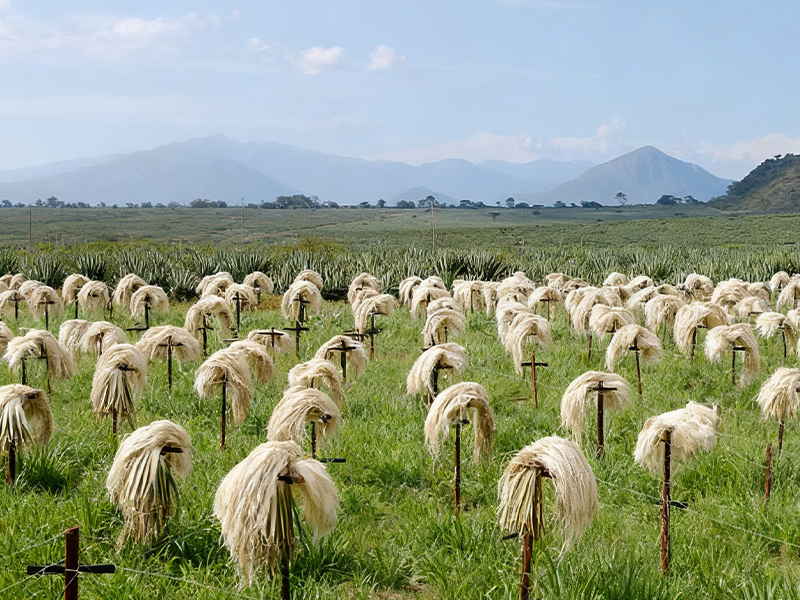
Witness the power of targeted nutrition! 🌱 Our specialized fertilizer fuels robust, lush Sisal growth from the very start. A thriving farm is a happy farm!
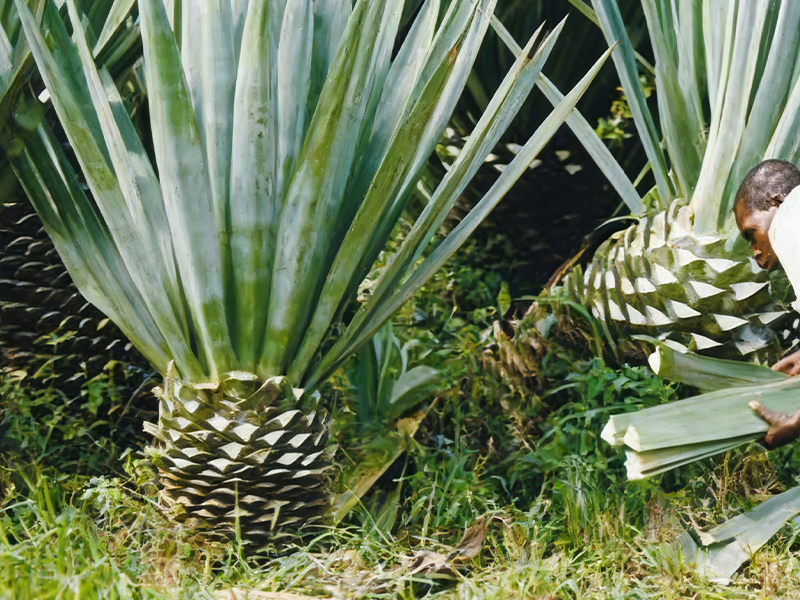
Harvest time! 🎉 Our fertilizer doesn’t just promote growth, it boosts yield & quality. Here’s to a bountiful Sisal harvest, ready for market! 💰
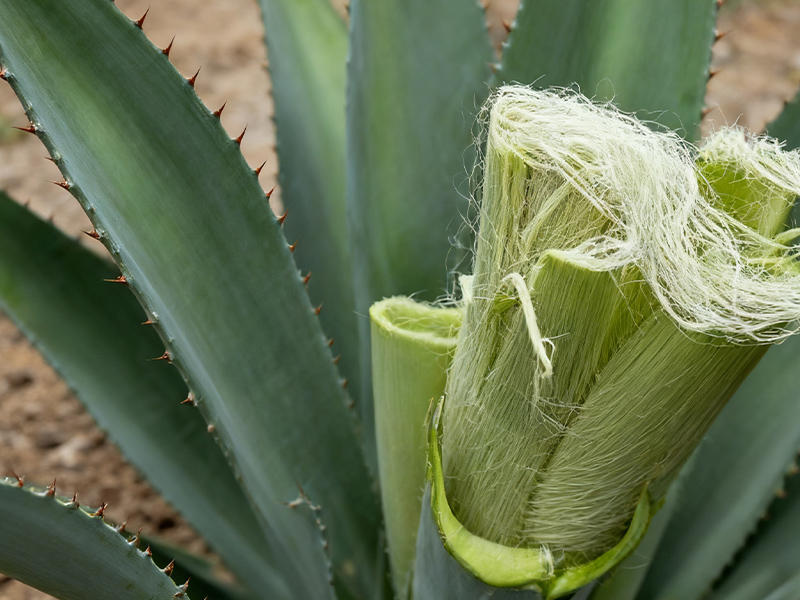
Superior quality, inside out! ✂️ The proof is in the fiber: long, strong, and flawless. Our fertilizer ensures premium-grade Sisal for top value. 🌵
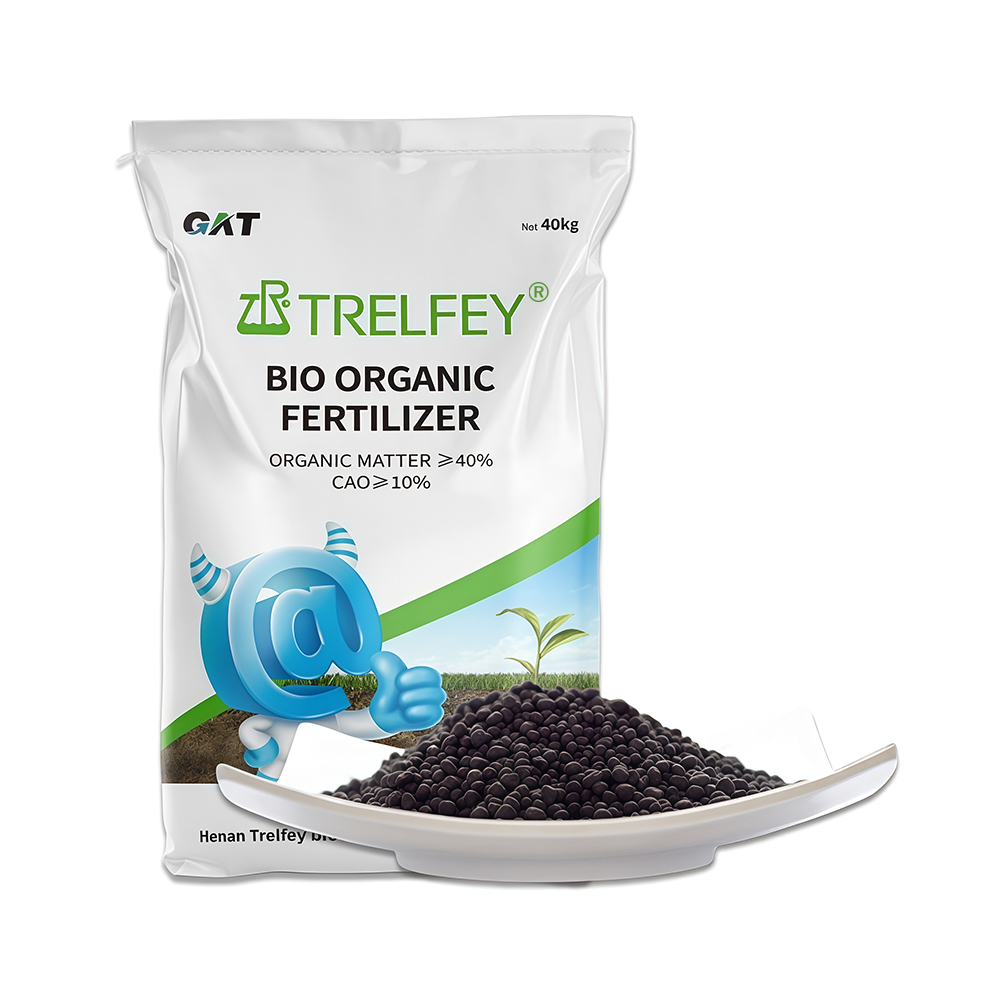
Bio-organic fertilizer
Organic matter ≥40%, CaO≥10%
The number of beneficial live bacteria ≥0.20 billion/g
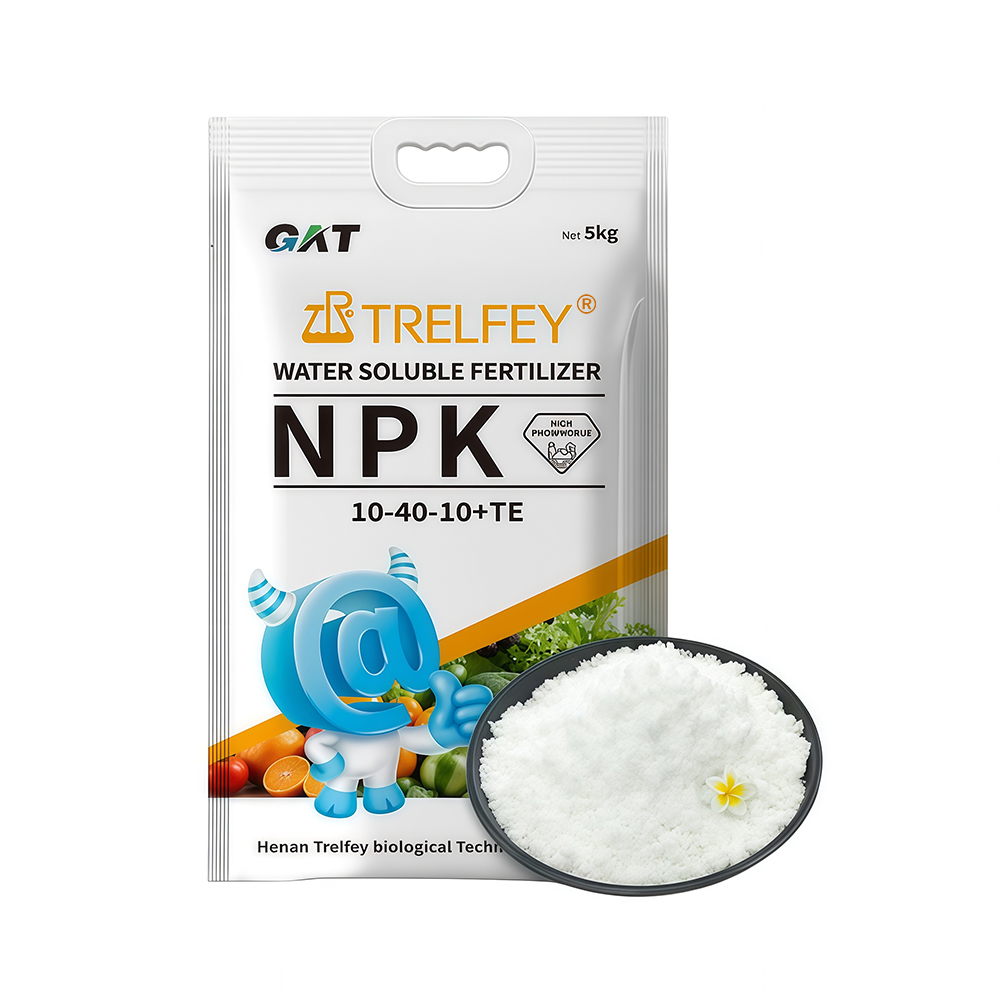
Water soluble fertilizer
Protect the roots and nourish the roots, protect the buds and protect the flowers
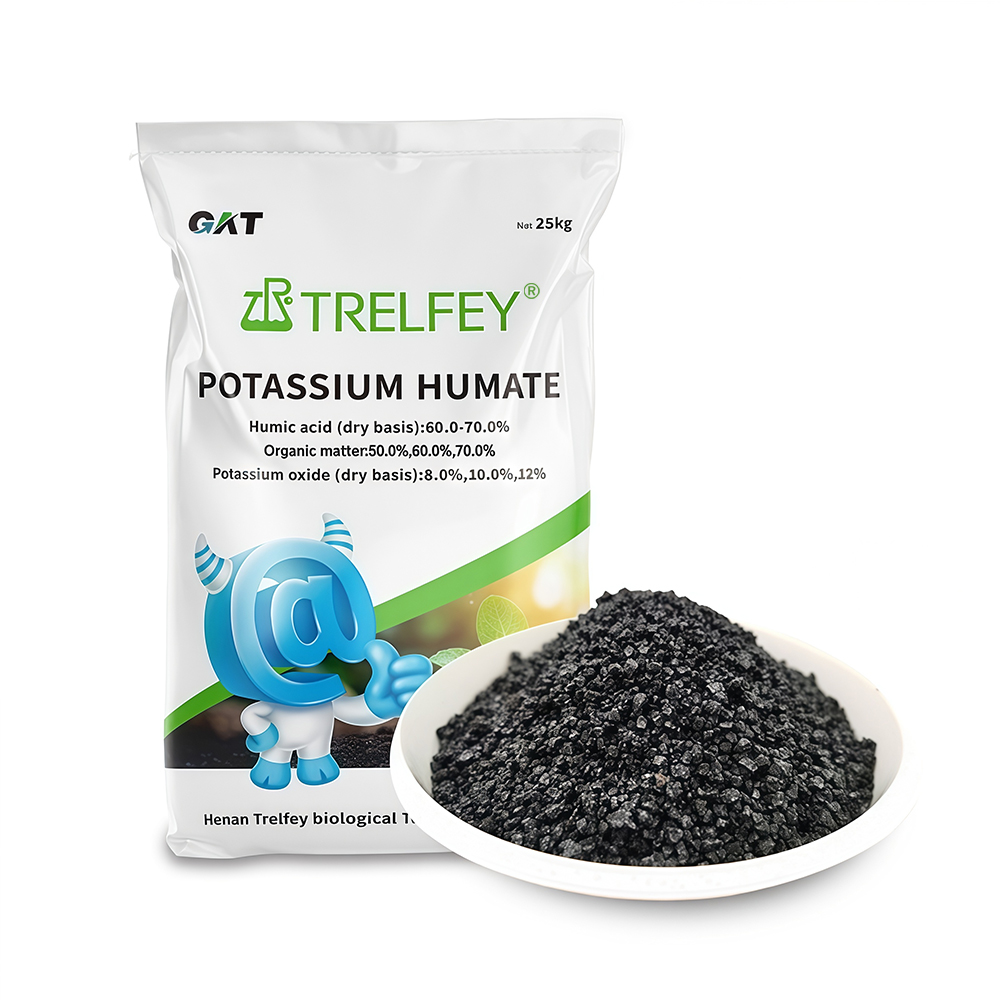
Potassium humate granules
Humic acid (dry base): 60.0-70.0%
Total nutrient (KOO): 8.0%-12.0% (customizable)
